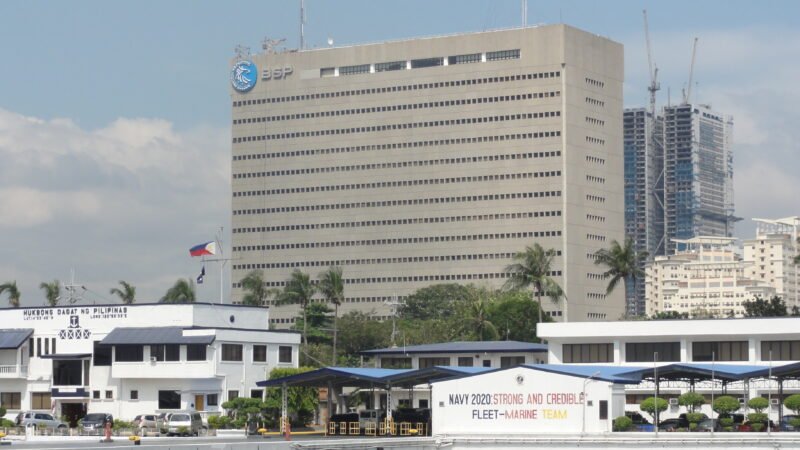Progress in Representation of Women on Hong Kong Boards Remains Slow
Top public companies increase women on boards by a disappointing 1.3 percentage points
HONG KONG, CHINA – Media OutReach – 7 March 2017 – The representation of women on the boards of Hong Kong’s leading companies made a nominal 1.3 percentage point increase in the past year, according to the latest Women on Boards Hong Kong Report released today by Community Business, a leading not-for-profit organisation promoting responsible and inclusive business practices and a thought leader on diversity and inclusion in Asia.
The latest study of its industry-leading annual research, created in partnership with Heidrick & Struggles (Nasdaq: HSII), a premier provider of executive search, leadership consulting and culture shaping worldwide, reviewed Hong Kong’s leading companies on the Hang Seng Index (HSI) and found that women represented on boards increased to 12.4% from last year’s 11.1%, with the addition of seven female directors in the past year. These new directorships were mainly driven by two companies which were added to the HSI list this year.
For the first time, one-fifth of the HSI companies have reached 20% or more female directorships while the number of all-male boards has dropped from 16 to 11. The number of all-male boards which have never had any female directors has now reduced from seven to four. Despite these improvements, progress remains very slow from the initial finding of 8.9% in 2009, an increase of only 3.5% in eight years. Hong Kong lags behind global counterparts, which are continuing to gain momentum.
“Despite the importance of gender diversity at board level, progress has been slow in Hong Kong and Asia Pacific compared to other regions. Two ongoing issues are whether capable female leaders are being promoted to board positions, and whether there is a big enough pool of senior female leaders who are truly board-ready, especially in certain industries where pipelines for women in leadership are still thin,” said Steve Mullinjer, Regional Leader of Heidrick & Struggles, Asia Pacific. “We recognise that boards with a good mix of nationalities, age groups, gender and cultural backgrounds, as well as skills and experience, can lead to better decision making and improve a company’s bottom line. Our observations show that capable Asian women are in fact taking up directorships on international boards, providing unique Asian perspectives to support organisations’ global strategies.”
Analysis of the latest findings of women on the HSI boards as at 2 January 2017 provides a mixed picture. The rate of new appointments to women is failing to accelerate — only nine or 11.3% of 80 new board appointments were made to women in the past year. The rate of female Executive Directors continues to stall yet the number of women holding multiple directorships has risen to an all-time high. While the data has shown signs of improvement, progress is driven primarily by the actions of a few companies.
“Board diversity may still struggle to make it onto the agenda for much of the business community in Hong Kong. However, it is a very important business case that leaders simply cannot ignore,” said Fern Ngai, CEO of Community Business. “We urge all companies in Hong Kong to develop a strategy for increasing gender diversity on their boards, including setting a voluntary target, measuring progress, and ensuring that female candidates are being considered for every board vacancy. In addition, it is important for companies to develop a sustainable pipeline of female talent who could advance to senior executive and board roles.”
Hong Kong’s slow progress does not compare favorably with global counterparts such as the United Kingdom, which has tripled its female representation on FTSE100 boards since 2009 to 26.8%, and is now voluntarily targeting 33% by 2020. Within the Asia region, Hong Kong has been overtaken by Malaysia which has increased its representation of female directors from 9.7% to 14.6% in just four years, although this is still short of Malaysia’s mandated quota of 30% by end 2016. In October 2016, the 30% Club Hong Kong launched a campaign to bring the number of all-male HSI company boards to zero by 2018 and to increase the percentage of women directors on HSI company boards to 20% by 2020, working toward a long-term goal of 30%.
“We applaud the collective efforts of Hong Kong Exchanges and Clearing, the 30% Club Hong Kong, leading executive search firms and the media in continuing to work with us in promoting greater gender diversity in the boardroom. We hope that our continued joint efforts will lead to a positive change in mindsets, attitudes and ultimately behaviors and actions”, said Fern Ngai.
Key Findings of the Report:
Improvement in the representation of women on HSI boards has been painstakingly slow – from 8.9% in 2009 to 12.4% in 2017, a difference of only 3.5% in 8 years.
Over two-thirds of HSI companies have shown no improvement in the last year.
There has been no change in the number of female directors on the boards of the top 10 performing companies since last year.
One-fifth of HSI companies have achieved 20% or higher female representation on their boards.
There has been a decline in the number of all-male HSI boards from 16 to 11, as well as the number of HSI boards which have never had female directors from seven to four.
In reviewing individual company performance on a five-year horizon, only four HSI companies have visibly shown ongoing commitment to increasing the gender diversity of their boards and to supporting the advancement of women within their organisations.
- Kaspersky Lab helps uncover vulnerabilities on gas stations by hackers - February 12, 2018
- 26-percent of Ransomware Attacks now target business - November 30, 2017
- The Battle is on to Fight Human Immunodeficiency Virus (HIV) - November 27, 2017




